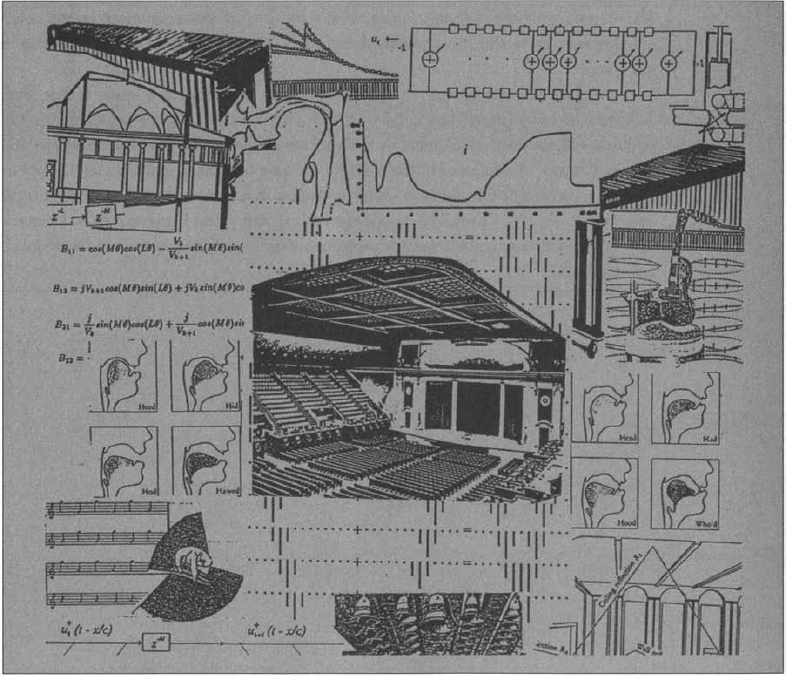PART III
![]()
ACOUSTICS

Soun ys noght but eyr ybroken And every speche that ys spoken Lowd or pryvee, foul or fair, In his substance ys but air.
–Geoffrey Chaucer
MUCH MODERN work in speech and audio signal processing is focused on the use of mathematical tools, such as those introduced in Part II. However, what sets this field apart from others is that sound is the signal of interest. It is essential, then, to obtain at least a cursory understanding of the nature of the acoustic signal, and in particular of the basic physics of its production, transmission, and reception. These topics are introduced in Part III. As with other areas of study in this book, acoustics is discussed in much greater detail in other sources, to which we happily direct the reader who develops a deeper interest in the subject.
Chapter 10 reviews basic material on traveling and standing acoustic waves, such as might be found in an introductory physics text. This perspective is then applied to acoustic tubes, which are commonly used as models for the production of speech and music. Chapter 11 continues in this vein for the case of speech, and Chapter 12 applies the same mathematical methods to sound production in common types of acoustic musical instruments. Finally, Chapter 13 describes a critical component ...
Get Speech and Audio Signal Processing: Processing and Perception of Speech and Music, Second Edition now with the O’Reilly learning platform.
O’Reilly members experience books, live events, courses curated by job role, and more from O’Reilly and nearly 200 top publishers.

